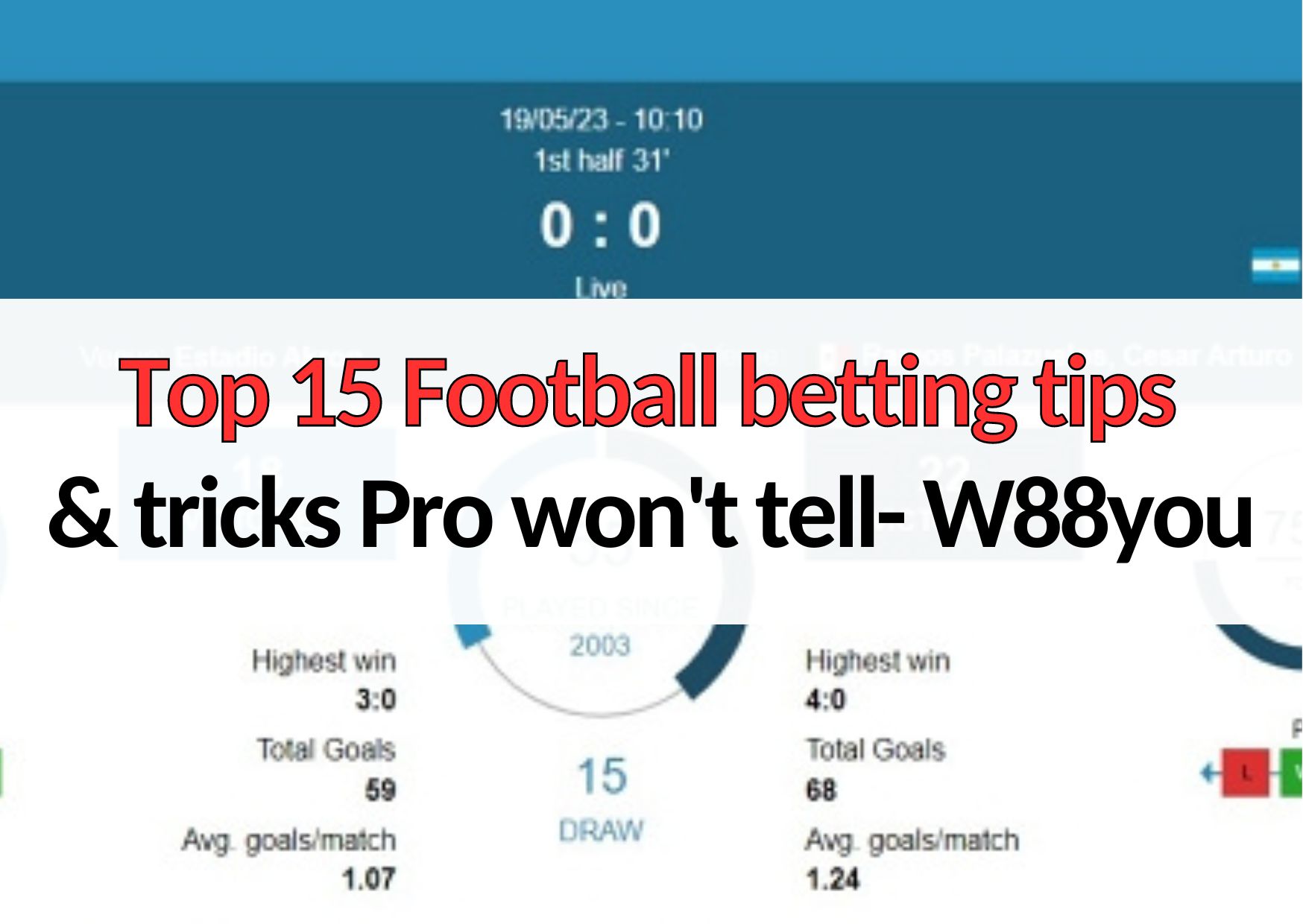In the domain of football, where passion and strategy intertwine on the field, the search for comprehension the game often leads analysts to investigate a wealth of statistics. Soccer analysis has progressed considerably over the years, transforming from simple statistics into a complex discipline that includes a vast array of metrics. These metrics function as crucial tools for clubs, trainers, and fans alike, affording for a more profound insight into athlete capability and gameplay.
As we delve into the metrics that genuinely matter, it is evident that data is not just numbers; it reveals stories and reveals patterns that can influence the result of a match. From scoring efficiency to defense-oriented solidity, each statistic adds a aspect of insight to the beautiful game. In this article, we will explore the critical metrics that each analyst should consider, demonstrating how these insights can shape game plans and enhance the overall experience for football aficionados.

Key Performance Indicators in Football
In the realm of soccer analysis, Key Performance Indicators (KPIs) serve as vital tools for measuring a player’s performance and a team’s overall effectiveness. These statistics allow analysts to evaluate not only individual contributions but also their roles within the team’s strategies and objectives. Common KPIs include goals made, assists, and passing accuracy, which provide a concise picture of a player’s impact on the game. However, the depth of analysis goes beyond mere statistics; grasping the context behind these numbers is crucial for drawing meaningful conclusions.
Possession and territory are extra KPIs that reflect a team’s control over the game. High possession rates often indicate a team’s ability to dictate play, while territorial advantage can lead to enhanced scoring opportunities. Analyzing these metrics helps coaches and analysts identify patterns and adapt strategies accordingly. Moreover, defensive KPIs such as tackles made, interceptions, and clearances highlight a team’s sturdiness and ability to withstand opponents’ attacks.
Team cohesion is yet another critical aspect captured by KPIs such as pass completion rates and movement off the ball. These indicators reflect how well players communicate and coordinate their efforts on the field. A high pass completion rate often suggests that players are operating in sync, while effective off-the-ball movement can create space and scoring chances. Ultimately, by focusing on these pertinent KPIs, analysts can provide insights that contribute greatly to a team’s performance both on and off the pitch.
Sources of Data for Football Analysis
In the realm of soccer analysis, having availability to dependable and extensive data sources is crucial. Several services provide thorough data on player capabilities, club metrics, and game outcomes. Websites like Stats Perform and StatsBomb are renowned for their vast collections that include everything from fundamental statistics such as scores and supports to sophisticated metrics like expected goals and possession data. These resources enable evaluators to gain insights into team interactions and individual player contributions, allowing for a more profound understanding of the sport.
Another valuable resource of data is video analysis. Programs like VideoMatch and Wyscout allow analysts to review match clips and break down player actions and tactics in real-time. By combining video evaluation with quantitative data, evaluators can reveal patterns and movements that might not be instantly apparent through numbers by themselves. This holistic approach to analysis helps in formulating strategies, evaluating player output, and conducting scouting before games.
Social media and fan-driven services also contribute to football evaluation. User-generated content on sites like X and Reddit often provides distinct insights and opinions that can enhance traditional data resources. Fans and analysts share their perspectives on player outputs, management decisions, and team tactics, creating a vibrant discussion that can enhance the understanding of the sport. This grassroots data can be invaluable, as it often reflects the sentiments and notices of a dedicated fan base that carefully monitors every match.
Understanding Statistics to Team Enhancement
Comprehending soccer metrics is crucial in squads looking to enhance the play on the pitch. Such metrics offer insights regarding various aspects of the game, like athlete efficiency, strategic execution, and overall squad cohesion. Through examining information including possession stats, passing accuracy, and successful defensive battles, coaches and observers can identify advantages and limitations in the teams. This targeted method allows to tailored training sessions centered around specific areas requiring refinement.
Furthermore, integrating sophisticated metrics like expected goals and player heat maps can reveal more profound patterns in gameplay. As an example, when a footballer consistently falls short compared to their expected goals metric, it might imply a need to adjust in shooting skills or placement. Also, heat mapping can illustrate how players utilize space during games, highlighting whether they are efficiently adding value to squad tactics or if they need to adapt how they move. These insights help develop a more tactical and data-driven approach to play.
Ultimately, cultivating a culture of data-informed decision-making within a squad can significantly improve overall capability. When athletes understand the data that matter and how they relate to their roles, they grow more engaged and accountable. Regular input meetings grounded in these analyses can inspire players to improve on their own while supporting to the overall team goals. In the end, making metrics a central part of team approach is key to ongoing advancement in soccer evaluation.
Nohu